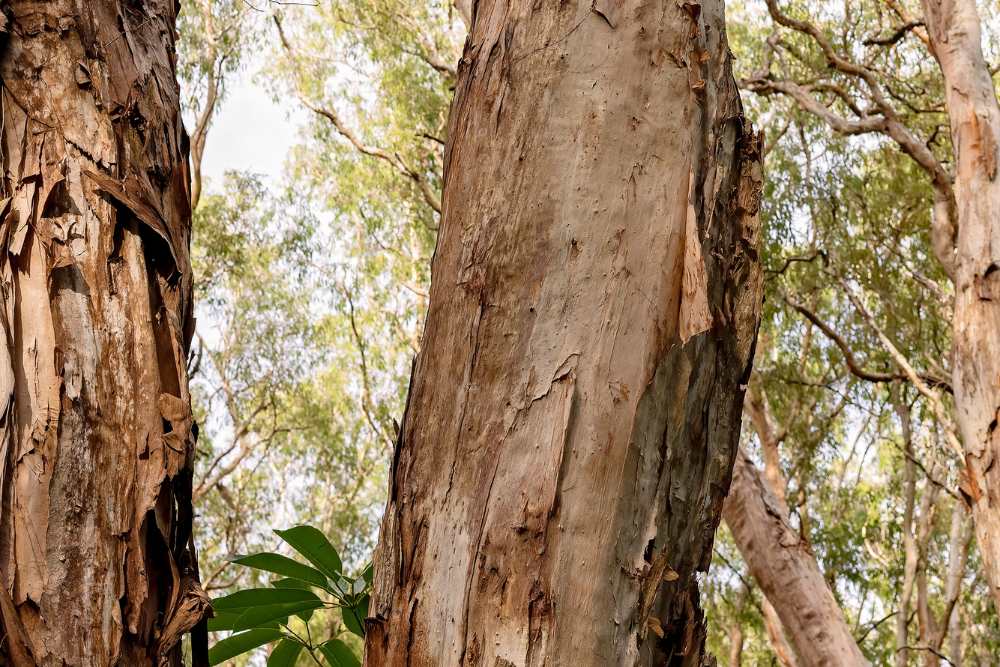Florida arboricultural experts explain the significance of bark shedding.
There Are Both Natural and Problematic Types of Bark Shed
Just because your tree is shedding bark does not mean there is anything wrong with your tree. Most trees shed some bark occasionally over the course of the year. Older trees often do this as they grow, sloughing off the outermost brittle bark like a snake shedding its skin. Some trees such as birches and silver maples shed their bark in a slow and aesthetically appealing way, adding to their charm as specimens in a yard or garden. This article will cover when shedding bark is the result of some sort of stress that is affecting the tree’s health.
Natural Bark Shedding or Tree Disease? Signs To Look For
Most of the time, if a tree sheds a little bit of bark, but there is a layer underneath and there is no exposed wood, then the shed is likely part of the natural growing process.If the shedding bark is accompanied by any of these other signs, there is likely to be a problem with the tree:
- Wood Exposure: If the wood of the tree is exposed, then there has likely been some sort of injury to the tree. It may be one that the tree can easily recover from, but it may leave it exposed to further damage.
- Cracks in the Wood: Cracks are often due to what is known as frost crack, in which sudden and extreme temperatures cause the wood to crack, injuring the tree. Though it is called frost crack, it can happen in extreme heat as well.
- Discoloration of the Bark: This can be caused by fungus, pests, or a condition known as sunscald which can happen through direct sun exposure to new growth and then a drop in temperature.
- Cankers: These are bulbous and discolored growths on a tree that are normally caused by fungal or bacterial infections.
- Dead Leaves or Branches: Leaves that are turning brown or are malformed and branches that are not producing leaves as they should indicate pests or a tree disease.
Pest Infestation
Insects and their larvae are often responsible for tree damage. The overall tree health can be endangered by an infestation. Bugs that attack trees come in three different types: sap-sucking bugs, burrowing bugs, and defoliating bugs. Sap-sucking insects make holes in the bark and drink the sap from inside the tree. Burrowing insects bore into the tree and lay eggs, the larvae continuing to feed off the tree once they have hatched. Defoliating insects destroy a tree’s leaves.
Here are a few of the pests that can infest your trees:
- Japanese Beetles
- Asian Longhorned Beetles
- Emerald Ash Borers
- Tent Caterpillars
- Bag Worms
- Leafhoppers
Calling the Professionals and Next Steps
You should always call a professional tree service company if you suspect that your tree’s health is at risk. Most problems, if caught early, can be dealt with through the treatments an arborist can provide. Whether tree trimming or tree pruning is required, The arborist and staff can take care of your tree. If they do a tree risk assessment and find the tree is too far gone, or the problem that the tree has is incurable or especially virulent, tree removal may be necessary.
About Any Town Tree
If you are in Naples, FL and the surrounding areas, you may be in need of tree removal or stump grinding. Call Any Town Tree for emergency tree service as well as consultation with a certified arborist.

